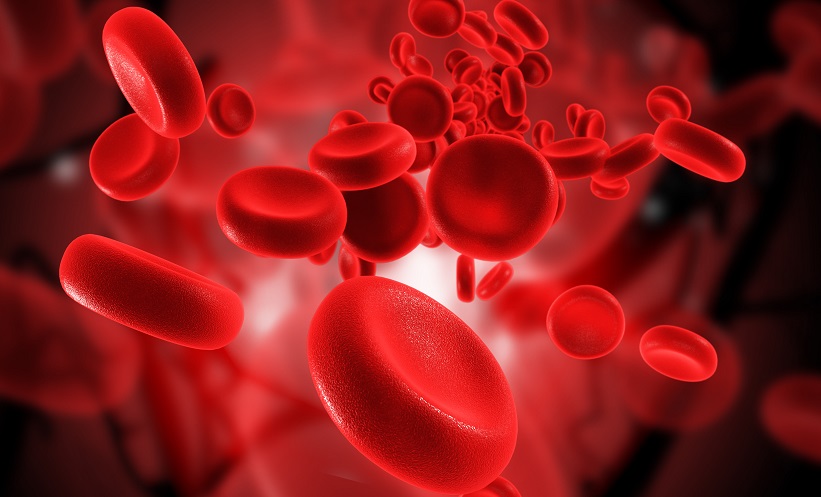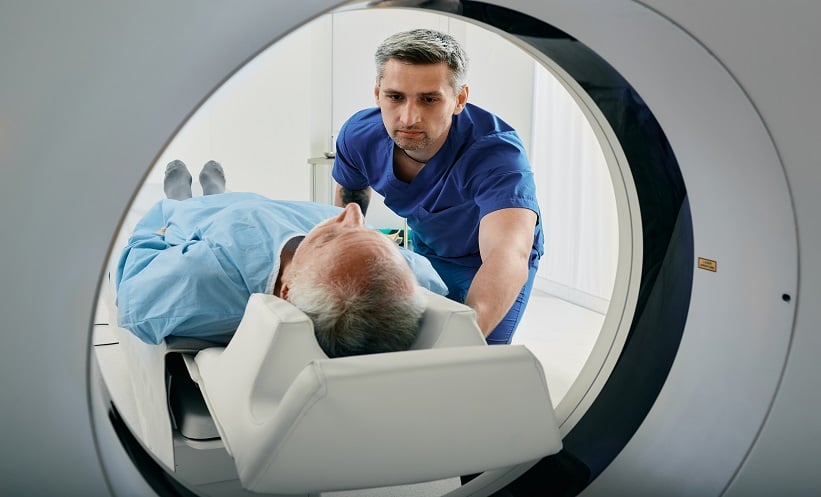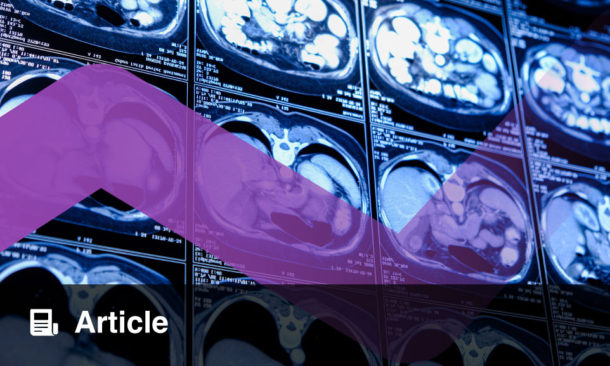Study Links Paediatric Imaging Radiation to Cancer Risk
DOES paediatric radiation exposure increase cancer risk? A large cohort study has found that radiation exposure from medical imaging is associated with a significantly increased risk of haematologic cancers in children and adolescents.
Radiation from Imaging Tied to Cancer Risk in Children
The study analysed data from over 3.7 million children and adolescents born between 1996 and 2016 across six US healthcare systems and Ontario, Canada. Researchers followed participants until they developed cancer, died, turned 21, or until the end of 2017. Radiation doses to active bone marrow, a known site of haematologic cancer development, were calculated for each child based on their medical imaging history. The findings revealed a dose-dependent increase in cancer risk, with children exposed to 50–<100 mGy of radiation facing over three times the cancer risk compared to those with no exposure. The strongest associations were seen with higher-dose imaging tests such as CT scans.
Large-Scale Trial Quantifies Haematologic Cancer Burden
Across 35.7 million person-years of follow-up, 2,961 haematologic cancers were diagnosed, most commonly lymphoid cancers (79.3%), followed by myeloid leukaemias (15.5%) and rarer subtypes (4.4%). Among children with haematologic cancer, the mean radiation dose was 24.5 mGy, almost double that of the average exposed child. The researchers estimated an excess relative risk of 2.54 per 100 mGy, with the relative risk nearly doubling at just 30 mGy of exposure. Importantly, around 10% of haematologic cancers in the cohort may have been attributable to medical imaging-related radiation, emphasising the clinical significance of even modest exposure levels.
Implications for Imaging Use in Paediatric Practice
These results suggest a need for heightened caution in the use of medical imaging, particularly high-dose modalities in paediatric patients. While imaging remains a critical diagnostic tool, the findings support more judicious use, especially when alternative, lower-dose or non-ionising options are available. Clinicians are encouraged to adhere strictly to imaging guidelines, employ dose-reduction strategies, and engage in shared decision-making with families when imaging is considered.
Conclusion
This large-scale cohort study reinforces concerns about radiation-related cancer risks in children, particularly from CT scans. Ongoing efforts to minimise exposure and optimise imaging practices remain essential to safeguarding paediatric health.
Reference
Smith-Bindman R et al. Medical Imaging and Pediatric and Adolescent Hematologic Cancer Risk. N Engl J Med. 2025;DOI: 10.1056/NEJMoa2502098.








